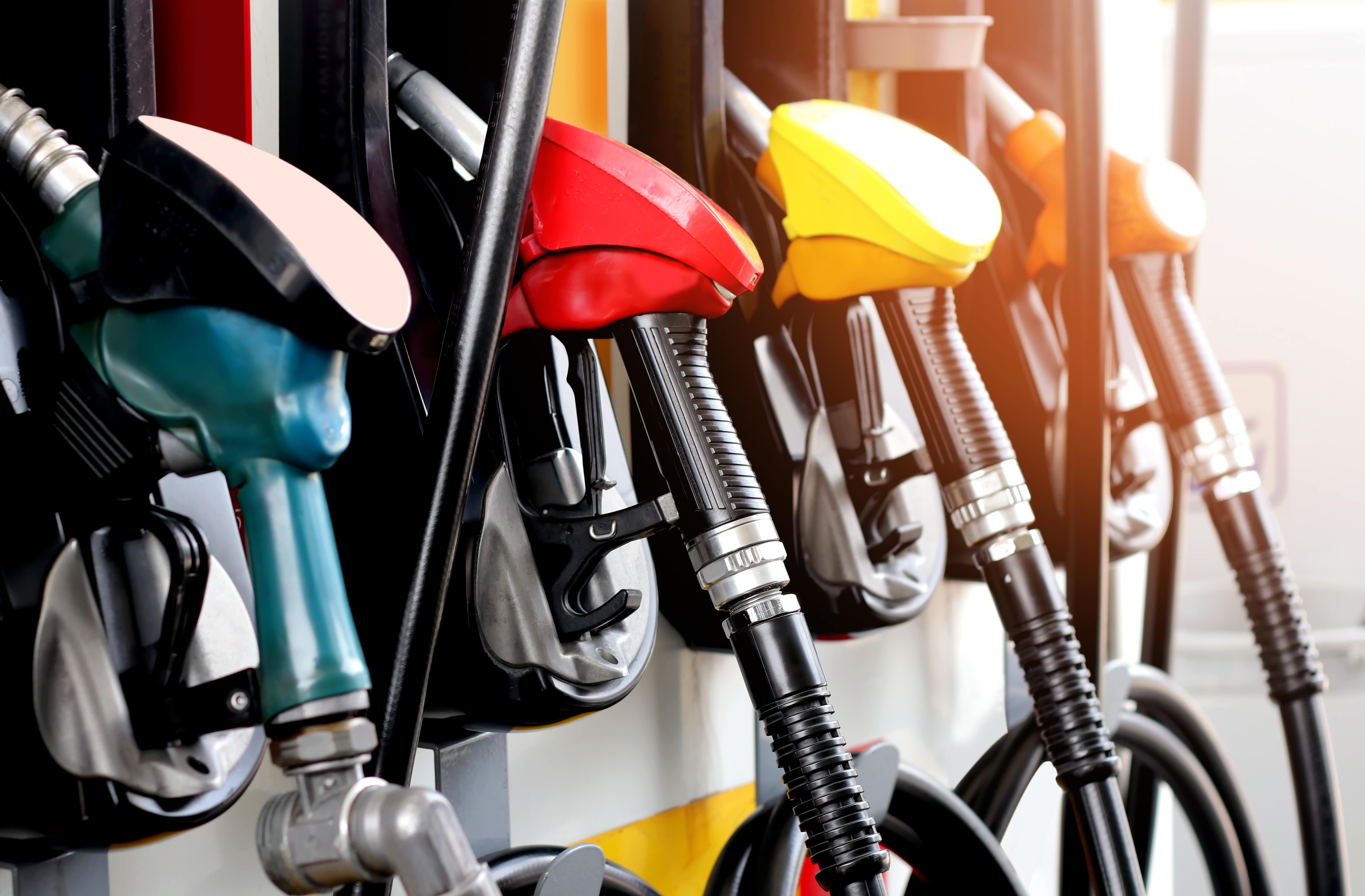In the world of fuel distribution and usage, diesel stands out for its efficiency, reliability, and versatility. But not all diesel is created equal. Various colors of diesel fuel denote different types and uses, each with its own price point and application. Today, we’re diving into the colorful world of diesel fuel to help you understand what these colors mean, how they impact pricing, and why choosing the right type of diesel is crucial for your needs.
The Color Coding of Diesel Fuel
Diesel fuel comes in several distinct colors, including clear, red, blue, and green. This color coding is not just for aesthetic purposes; it serves a practical regulatory and usage-based distinction that guides consumers and businesses in selecting the appropriate type for their specific needs.
Clear Diesel (On-Road Diesel)
Clear or undyed diesel is the most common type you’ll find at gas stations, intended for on-road vehicles. It meets the legal requirements for road use, including taxation. Clear diesel is subject to road taxes and is often more expensive than its dyed counterparts due to these levies. It’s designed for vehicles that travel on public roads, ensuring that they contribute to road maintenance and infrastructure funding.
Red Diesel (Off-Road Diesel)
Red diesel is dyed specifically to indicate that it is not for on-road use. It is tax-exempt and, as such, costs less than clear diesel. Red diesel is primarily used for agricultural equipment, construction machinery, generators, and other non-road applications. The dye added to this diesel helps authorities distinguish it from on-road diesel, preventing its illegal use in road-going vehicles.
Blue Diesel
Blue diesel, less common than red or clear diesel, is often associated with marine diesel. It’s formulated to perform in marine environments and, depending on the jurisdiction, may also enjoy tax-exempt status. However, blue diesel’s specific uses and taxation can vary by country and region, making it essential to understand local regulations.
Green Diesel
In some areas, green diesel refers to biodiesel or diesel available for agricultural use. Like red diesel, it’s often cheaper due to tax exemptions but is intended for specific uses that do not include powering vehicles on public roads.
Pricing Implications
The prices for these different types of diesel fuel vary significantly, primarily due to taxation. On-road (clear) diesel carries the highest price because of the road taxes imposed on it. Off-road (red) diesel is cheaper, making it a cost-effective solution for farming, construction, and other non-road applications. Blue and green diesel prices can vary, reflecting their niche applications and regional tax considerations.
Reasons for Using Different Colors of Diesel
The primary reason for the existence of different diesel colors is regulatory compliance and tax differentiation. By using the appropriately colored diesel for a specific application, businesses and individuals can ensure they’re not only adhering to local laws but also optimizing their fuel costs. The use of dyed diesel in unauthorized applications can lead to hefty fines and penalties, highlighting the importance of understanding and respecting these distinctions.
Diesel Fuel Types
Diesel fuel’s color coding system serves as a crucial guide for users to select the right type for their specific needs while complying with tax regulations and environmental considerations. Whether you’re refueling a fleet of on-road trucks, powering agricultural equipment, or running a marine vessel, understanding the significance of diesel fuel colors ensures operational efficiency and legal compliance.




